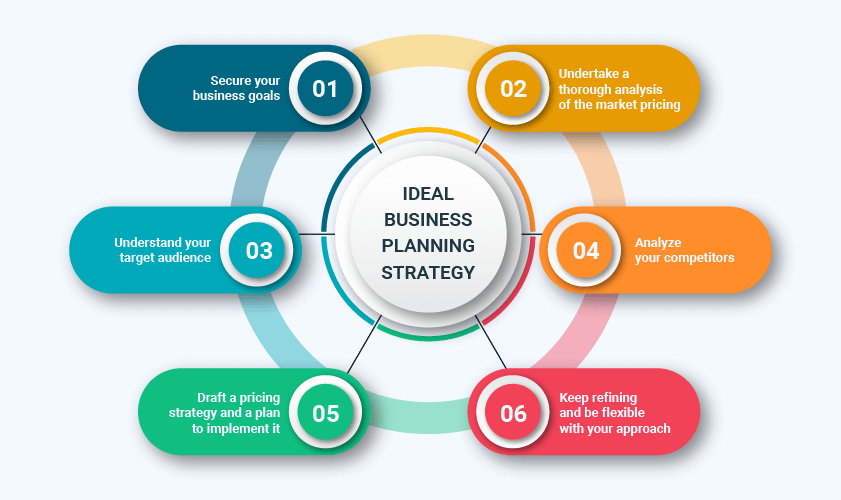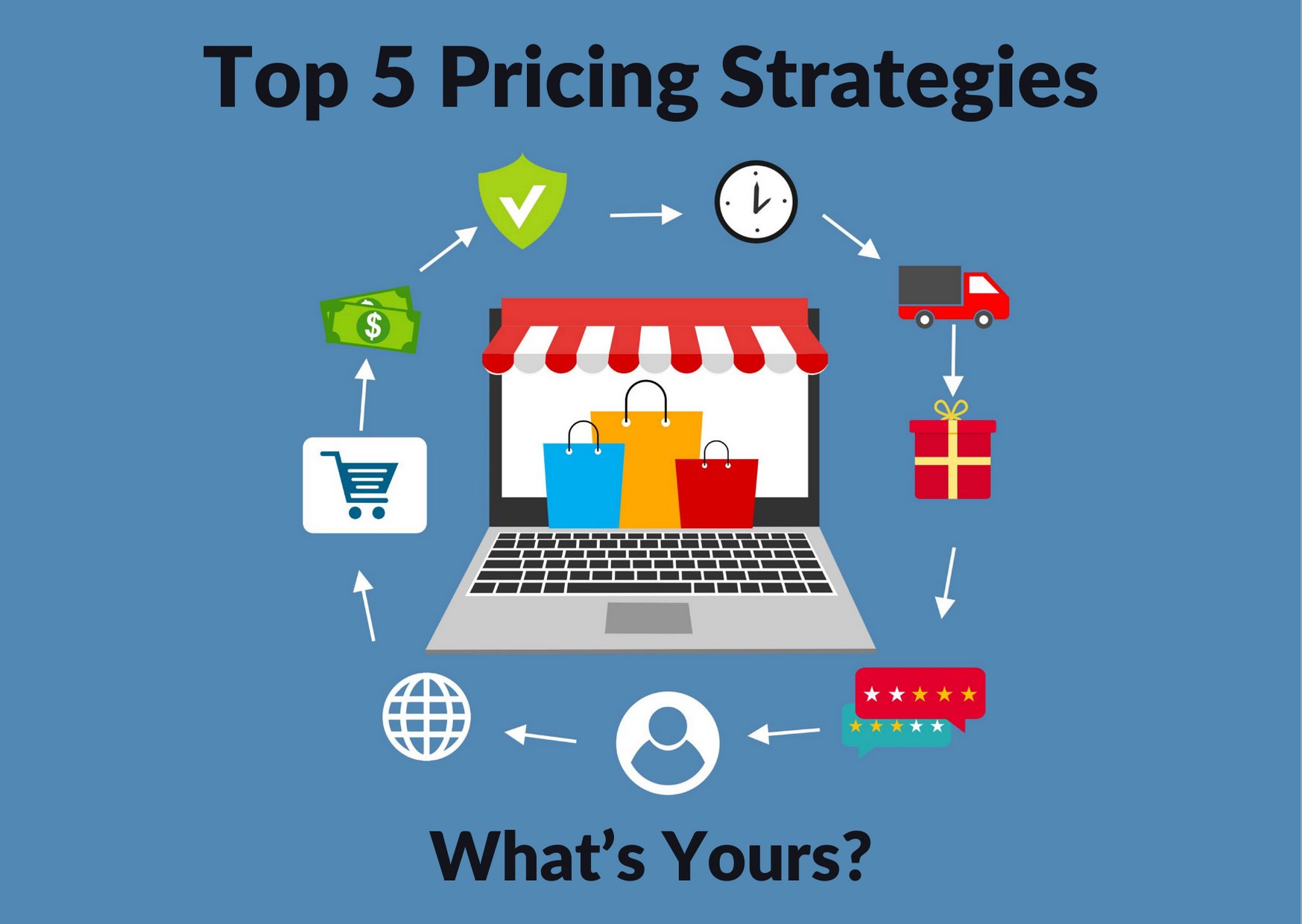How a Solid Pricing Strategy Can Enhance Customer Loyalty and Retention
How a Solid Pricing Strategy Can Enhance Customer Loyalty and Retention
Blog Article
Optimize Revenue With Proven Pricing Approach Techniques
Methods such as value-based pricing, vibrant prices, and detailed market analysis can considerably improve a firm's economic efficiency. Recognizing customer understanding and leveraging data analytics for dexterous rates adjustments are important components of this approach.
Recognizing Consumer Perception
Comprehending customer perception is vital for developing reliable prices techniques. It affects just how consumers review an item's value, quality, and overall good looks. Companies have to identify that consumers frequently base their willingness to pay not exclusively on the product's intrinsic characteristics however additionally on emotional elements, including brand online reputation, social status, and viewed scarcity.

In addition, firms ought to consider the function of pricing psychology, such as beauty prices or rate anchoring, which can substantially impact customer habits. Understanding these perceptions allows organizations to mount their rates methods in a fashion that aligns with customer assumptions while optimizing success.
Including customer understanding into pricing methods not only aids in establishing affordable prices but also promotes brand name loyalty, as customers feel comprehended and valued. Ultimately, a nuanced understanding of consumer perception can lead to sustainable earnings growth and improved market positioning.
Analyzing Market Trends
To develop an efficient pricing approach, evaluating market patterns is necessary for businesses aiming to remain affordable. Comprehending the characteristics of market changes makes it possible for firms to make enlightened decisions pertaining to prices modifications, product launches, and source allocation - Pricing Strategy. By keeping track of consumer actions, economic indications, and sector developments, services can determine patterns that educate their prices structures
Trick elements to think about when analyzing market fads consist of need flexibility, seasonal variations, and emerging technologies. Need elasticity helps companies evaluate how price adjustments may influence customer acquiring decisions. Seasonal fads can offer understandings into optimal rates during top and off-peak durations, permitting for calculated discounting or marketing prices. In addition, watching on technical advancements can help determine potential risks or chances that might affect rates strategies.
Making use of data analytics tools can improve the precision of fad analysis, supplying useful insights that assist in agile decision-making. Companies must also take into consideration carrying out regular market research to verify presumptions and adjust to developing consumer choices. By leveraging these understandings, organizations can not only maximize their pricing methods yet also enhance their total market setting, ensuring long-lasting profitability and growth.
Competitive Rates Techniques
An affordable rates technique is critical for services intending to gain a side in a congested marketplace. By evaluating competitors' rates structures and market positioning, business can tactically establish their rates to attract consumers while preserving earnings. This strategy calls for a complete understanding of both the affordable landscape and consumer assumptions of worth.
One efficient technique is rate matching, where a service offers to match or defeat a rival's cost. This tactic can enhance client loyalty and motivate sales, specifically in price-sensitive markets. Furthermore, infiltration rates can be used to record market share by at first setting prices lower than competitors, enticing consumers to attempt the product and fostering brand recognition.
Moreover, businesses can execute psychological rates methods, such as pricing products simply listed below a rounded number (e.g., $9.99 rather than $10 - Pricing Strategy.00) This can develop the perception of a far better bargain, affecting consumer habits
Inevitably, a successful affordable prices approach balances the demand to stay attractive to customers while ensuring that the rates version lines up more information with the company's general goals. Frequently adjusting and reviewing pricing in response to market changes and competitor actions is important for sustained success.
Value-Based Pricing Strategies
Value-based rates strategies concentrate on setting prices primarily based upon the regarded value of a product or service to the consumer, instead than exclusively on production prices or rival prices. This approach needs a deep understanding of client requirements, choices, and the unique advantages that the service or product deals. By recognizing the specific worth vehicle drivers that resonate with customers, businesses can produce pricing strategies that mirror real well worth of their offerings.
To execute value-based prices properly, business need to take part in detailed market research study, including client surveys and focus groups, to gather insights into consumer perceptions. Furthermore, businesses ought to sector their client base to tailor pricing techniques that align with different worth assumptions throughout sections.
Communication plays a crucial function in value-based pricing; business need to articulate the distinct value proposal clearly to justify the price point. Moreover, ongoing examination and change are essential, as customer perceptions of value might shift in time as a result of market dynamics or competitive actions. you could try these out By prioritizing value in pricing techniques, organizations can enhance customer complete satisfaction, improve commitment, and eventually maximize earnings.
Dynamic Pricing Models

Dynamic prices leverages advanced algorithms and information analytics to keep track of rival prices, customer behavior, and inventory degrees. By dynamically changing prices, businesses can optimize revenue, take full advantage of revenue margins, and respond swiftly to changes in the industry. For circumstances, airlines typically employ this design to readjust ticket costs based on variables like staying seats, time till departure, and competitor pricing.
Nevertheless, the execution of vibrant prices should be approached with care. Transparent communication with consumers is necessary to keep trust and prevent assumptions of unfair prices methods. Furthermore, businesses need to make certain that their pricing formulas are not extremely complicated or nontransparent, as this can bring about client discontentment.
Inevitably, when performed attentively, dynamic prices versions can provide services with a significant competitive advantage, enabling them to exploit on market chances while dealing with customer assumptions in a swiftly altering economic landscape.
Conclusion

Strategies such as value-based pricing, vibrant rates, and thorough market analysis can considerably boost a firm's monetary performance. Seasonal fads can give insights into ideal rates throughout peak and off-peak durations, permitting for strategic discounting or promotional prices.Dynamic rates leverages innovative algorithms and data analytics to keep track of rival prices, customer habits, and supply degrees. By recognizing customer assumption, assessing market fads, and applying competitive pricing approaches, companies can successfully align their pricing with customer expectations. Furthermore, value-based rates and vibrant rates versions enable organizations to respond agilely to official source market fluctuations.
Report this page